Self-guided Sightseeing Tour #4 in Weimar, Germany
Legend
Guided Free Walking Tours
Book free guided walking tours in Weimar.
Guided Sightseeing Tours
Book guided sightseeing tours and activities in Weimar.
Tour Facts
3.7 km
76 m
Experience Weimar in Germany in a whole new way with our self-guided sightseeing tour. This site not only offers you practical information and insider tips, but also a rich variety of activities and sights you shouldn't miss. Whether you love art and culture, want to explore historical sites or simply want to experience the vibrant atmosphere of a lively city - you'll find everything you need for your personal adventure here.
Individual Sights in WeimarSight 1: Jakobskirche
The Jakobskirche in Weimar is a church building of the Baroque period. Johann Wolfgang von Goethe and Christiane Vulpius were married in her sacristy. The associated Jakobsfriedhof houses the graves of Lucas Cranach and Friedrich Schiller, among others.
Sight 2: Brunnen am Graben
To the left of the Kasseturm in Weimar at the Böhlau-Haus (city archive) is a fountain that used to have a different location as a city wall fountain or as a fountain on the Graben and was called Bankstraßenbrunnen because it stood in Bankstraße, today Bettina-von Arnim-Straße at the Jägerhaus. The Graben is a listed street.
Sight 3: Goethe-Schiller-Denkmal
The original Goethe–Schiller Monument is in Weimar, Germany. It incorporates Ernst Rietschel's 1857 bronze double statue of Johann Wolfgang Goethe (1749–1832) and Friedrich Schiller (1759–1805), who are probably the two most revered figures in German literature. The monument has been described "as one of the most famous and most beloved monuments in all of Germany" and as the beginning of a "cult of the monument". Dozens of monuments to Goethe and to Schiller were built subsequently in Europe and the United States.
Sight 4: Deutsches Nationaltheater und Staatskapelle Weimar
The Deutsche Nationaltheater und Staatskapelle Weimar (DNT), or German National Theater and Weimar State Orchestra, is the most significant arts organization in Weimar. The institution unites the Deutsches Nationaltheater with the Staatskapelle Weimar. It plays on a total of six stages across the city. All sections of the theater and orchestra periodically give additional guest performances and appear in electronic media.
Wikipedia: Deutsches Nationaltheater und Staatskapelle Weimar (EN), Website
Sight 5: Wittumspalais
The Wittumspalais is a museum in Weimar, Germany, run by the Klassik Stiftung Weimar. The building was the widow's residence of Duchess Anna Amalia for many years and formed a centre of social and literary life in Weimar during her lifetime. It is located between Theaterplatz, Schillerstraße, the Zeughof and the Geleitstraße. The access road from there past the Franciscan monastery in the middle of the old town is called Am Palais.
Sight 6: Haus der Weimarer Republik
The House of the Weimar Republic is a museum opened in July 2019 at the Theaterplatz in Weimar, which addresses the Weimar Republic, the adoption of the Weimar Reichsverfassung and the emergence of democracy in Germany.
Sight 7: Herderhaus
The former Herder residence of the theologian and philosopher Johann Gottfried Herder is located in the centre of the old town of Weimar at Herderplatz 8, to the left behind the city church of St. Peter and Paul, known as the "Herderkirche" for short, where he worked until his death as senior pastor and general superintendent of the Duchy of Saxe-Weimar.
Sight 8: Stadtkirche St. Peter und Paul
The church of St Peter and Paul in Weimar, Germany, is also known as Herderkirche after Johann Gottfried Herder. It is the most important church building of the town, and is called Stadtkirche, opposed to the courtly Schloßkirche. It has been the church of a Lutheran parish since 1525, after the Reformation. The church is part of the World Heritage Site Classical Weimar, together with other sites affiliated with the Weimar Classicism movement. Inscribed on the World Heritage List in 1998, these sites bear testimony to the cultural importance of Weimar during the late 18th and 19th centuries and the outstanding architecture that arose in response to the cultural values of the time.
Wikipedia: St. Peter und Paul, Weimar (EN), Heritage Website
Sight 9: municipality, temporary place of Lord Mayor
The Wilhelm-Ernst-Gymnasium is a secondary school on Herderplatz 14 in Weimar, Germany. Founded in 1712 by Duke William Ernest of Saxe-Weimar, it is the oldest school building in the city. Numerous notable figures such as Johann Gottfried Herder, Johann Heinrich Voss, Friedrich Wilhelm Riemer and Johann Karl August Musäus studied here. It is a designated historic site and is one of the few secular buildings of the pre-classical period still remaining in Weimar. It is prominently located in the urban center and is one of three sites forming the UNESCO World Heritage Site Classical Weimar, created in 1998.
Wikipedia: Wilhelm-Ernst-Gymnasium (EN), Website, Heritage Website
Sight 10: Adam-Mickiewicz-Denkmal
The Adam Mickiewicz Monument is a bronze bust in Weimar, Germany.
Sight 11: Johanneskirche
The Protestant St. John's Church at Tiefurter Allee 2 c in Weimar's Parkvorstadt is one of the few sacred buildings built in the 1930s. The simple hall building was built between 1938 and 1941. The design was provided by the Weimar architect Hans Vogel. At Pentecost 1941, the church was consecrated as the Duke Bernhard Church. The name was changed to Johanneskirche in 1947.
Sight 12: Leutraquelle
The Leutra Springs are three karst and fault springs of the Leutra in the Park an der Ilm in Weimar. The source is located on the right side of the Ilm south of the Sternbrücke at the foot of the Horn. Two of the springs were artistically designed at the end of the 18th century as a sphinx grotto and as a so-called ox eye. The Sphinx Grotto was built in 1784 at the behest of Duke Carl August by Martin Gottlieb Klauer, who created it according to designs by Georg Melchior Kraus. The ensemble is one of the oldest facilities in the park and is now part of the World Heritage Site "Classical Weimar".
Sight 13: Ilmpark
The Park an der Ilm is a large Landschaftspark in Weimar, Thuringia. It was created in the 18th century, influenced by Johann Wolfgang von Goethe, and has not been changed much, preserving a park of the period. It forms part of the World Heritage Site "Classical Weimar along with other sites across Weimar bearing testimony to the city's historical importance as a cultural hub during the Weimar Classicism movement in the late 18th and 19th centuries".
Share
Disclaimer Please be aware of your surroundings and do not enter private property. We are not liable for any damages that occur during the tours.
GPX-Download For navigation apps and GPS devices you can download the tour as a GPX file.
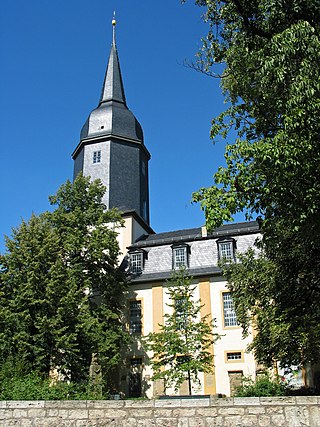
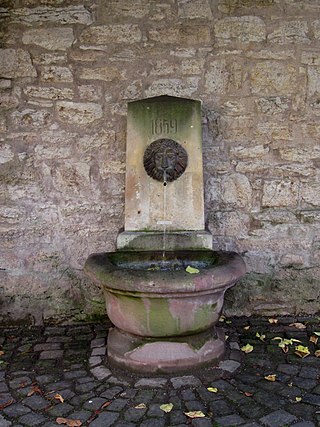
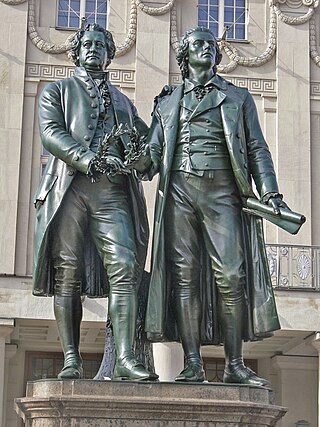
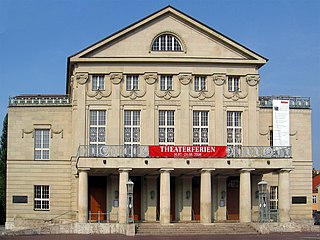

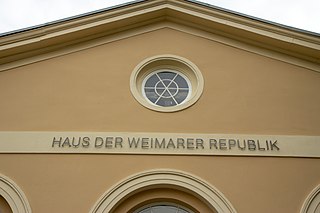
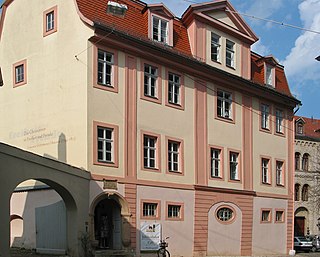

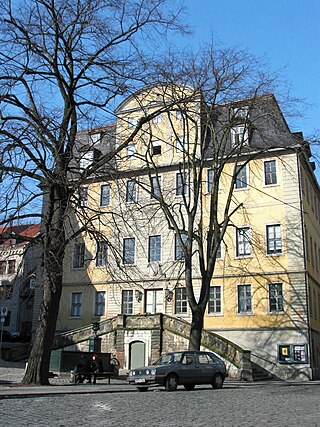
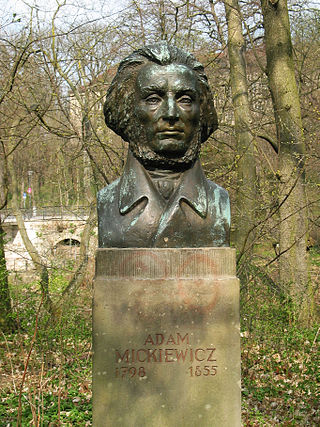
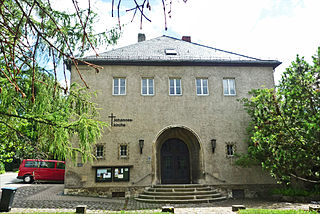
.jpg)
